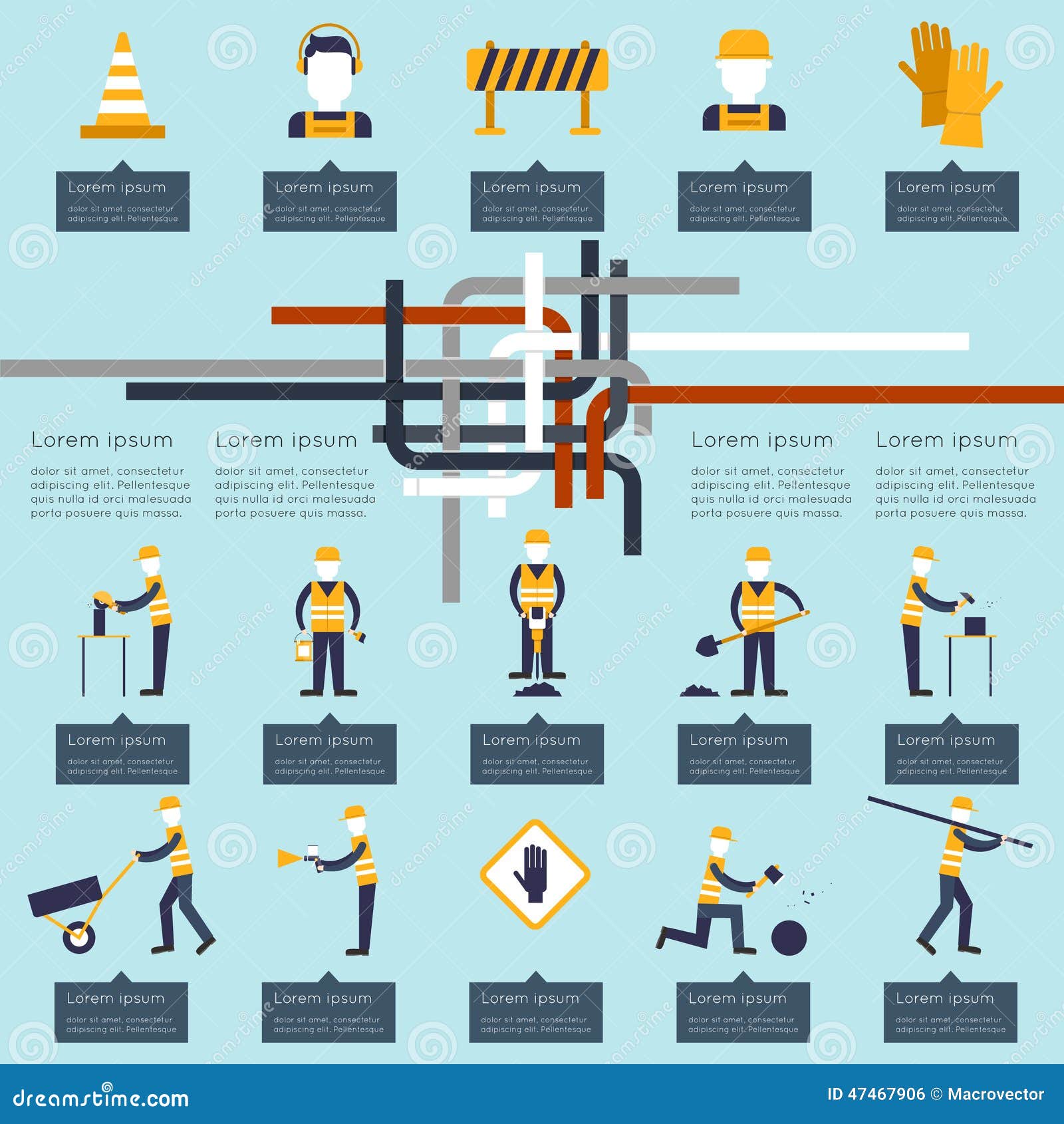Learn About The Methods Which Seasonal Elements Can Affect The Success Of Commercial Outside Paint And Determine The Very Best Times To Achieve Enduring Results For Your Project
Learn About The Methods Which Seasonal Elements Can Affect The Success Of Commercial Outside Paint And Determine The Very Best Times To Achieve Enduring Results For Your Project
Blog Article
Write-Up Developed By-Doherty Skafte
When you're preparing a business exterior painting job, seasonal factors can make or damage your outcomes. You'll intend to consider exactly how temperature level and moisture influence paint application and drying out times. Choosing the right season can ensure your paint sticks correctly and lasts much longer. But which seasons are truly the best for this type of job? Let's discover the key elements that can influence your project's success.
The Effect of Temperature Level on Paint Application
When you're preparing an industrial exterior painting task, the temperature level can substantially influence exactly how well the paint sticks and dries.
Preferably, linked here intend to paint when temperatures vary in between 50 ° F and 85 ° F. If it's as well chilly, the paint may not treat appropriately, leading to concerns like peeling or fracturing.
On the other hand, if it's as well hot, the paint can dry out also rapidly, preventing appropriate bond and resulting in an irregular surface.
You should likewise consider the moment of day; early morning or late afternoon provides cooler temperature levels, which can be a lot more desirable.
Constantly examine the producer's suggestions for the certain paint you're using, as they commonly supply support on the ideal temperature variety for optimal outcomes.
Humidity and Its Impact on Drying Times
Temperature level isn't the only ecological aspect that influences your commercial outside paint project; moisture plays a significant function too. High moisture degrees can reduce drying times significantly, influencing the overall top quality of your paint task.
When the air is filled with moisture, the paint takes longer to cure, which can result in issues like poor adhesion and a higher risk of mildew development. If you're painting on an especially humid day, be prepared for prolonged delay times in between coats.
It's critical to keep track of local weather conditions and strategy appropriately. Ideally, aim for humidity degrees between 40% and 70% for optimal drying out.
Keeping these factors in mind guarantees your project stays on track and delivers a long lasting coating.
Best Seasons for Commercial Outside Paint Projects
What's the very best season for your industrial external painting projects?
Spring and early fall are usually your best bets. Throughout these periods, temperatures are light, and moisture degrees are usually lower, producing optimal conditions for paint application and drying out.
Prevent summer's intense heat, which can cause paint to completely dry also swiftly, bring about inadequate adhesion and finish. Likewise, winter months's cool temperatures can hinder proper drying out and curing, running the risk of the longevity of your paint job.
Aim for days with temperature levels in between 50 ° F and 85 ° F for ideal results. Bear in mind to check the local weather forecast for rain, as wet conditions can wreck your project.
Planning around red sky painting ensures your paint task runs efficiently and lasts much longer.
Verdict
In conclusion, preparing your industrial exterior painting projects around seasonal considerations can make a significant distinction in the result. By scheduling job during the perfect temperatures and humidity degrees, you'll make certain much better adhesion and drying out times. Remember to keep an eye on regional weather forecasts and select the correct time of year-- spring and early autumn are your best bets. Taking these actions will certainly help you accomplish a sturdy and expert finish that lasts.
